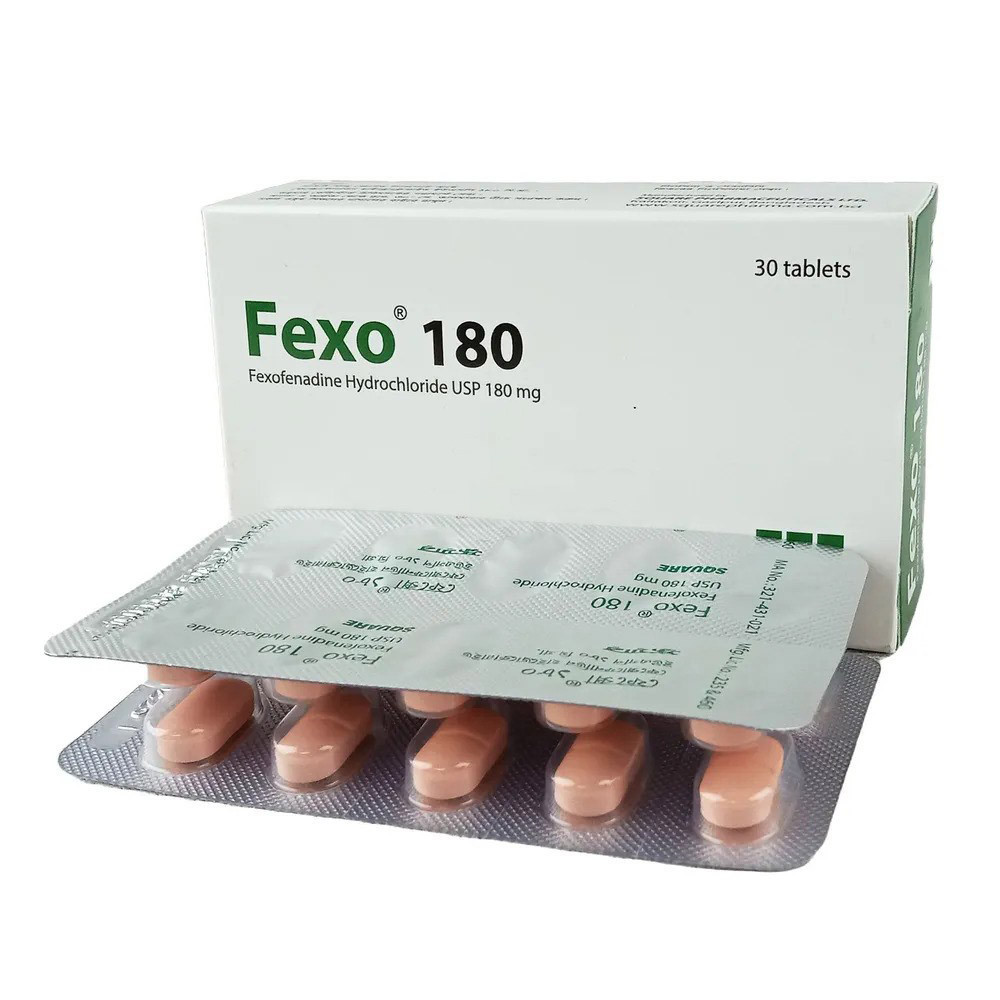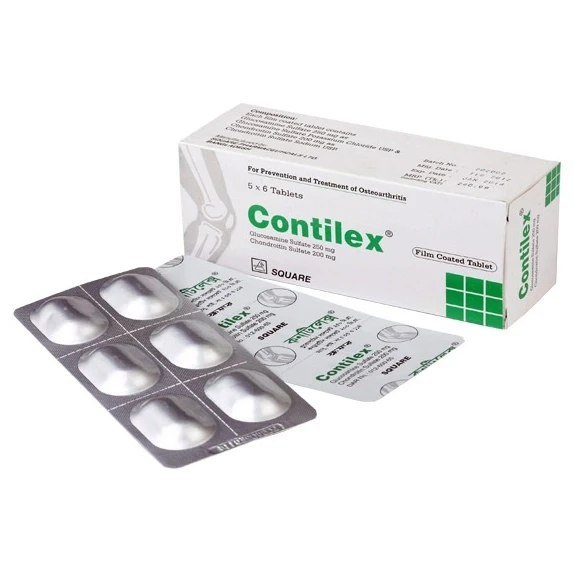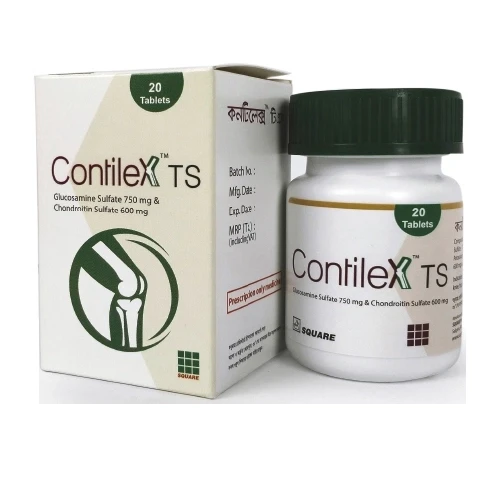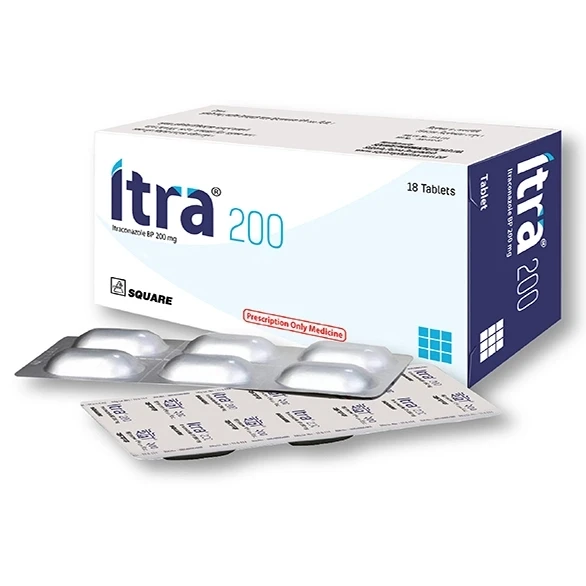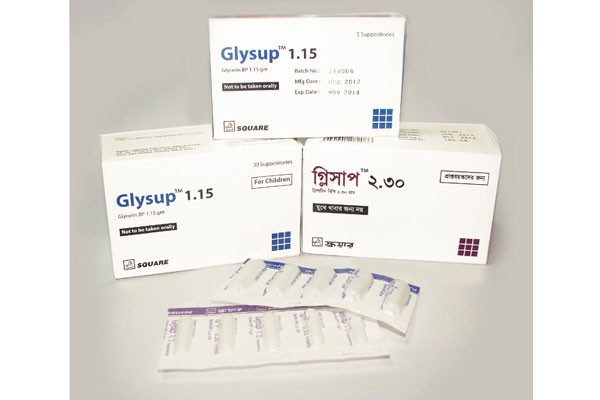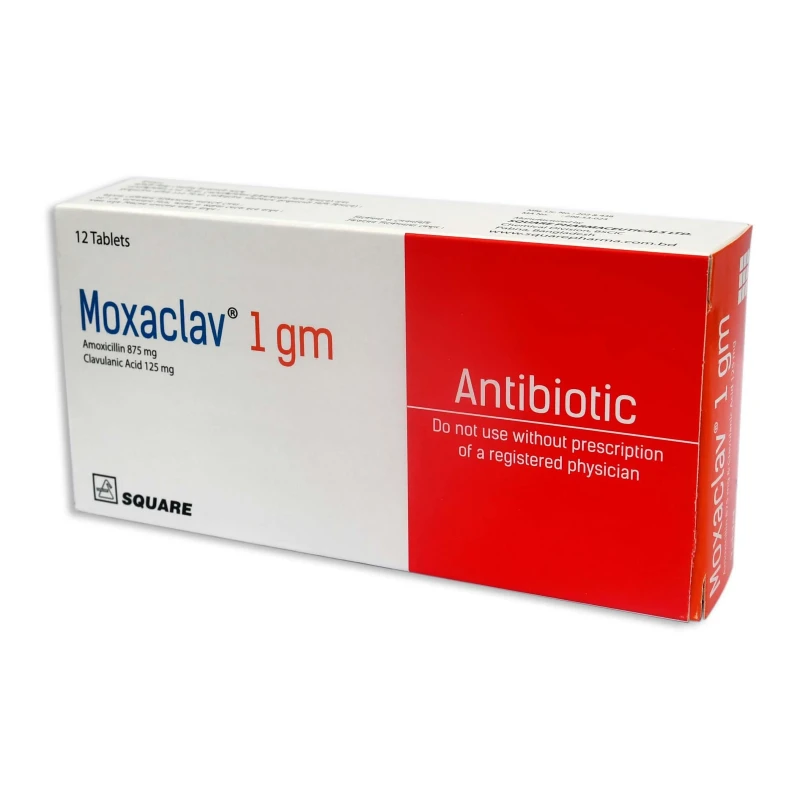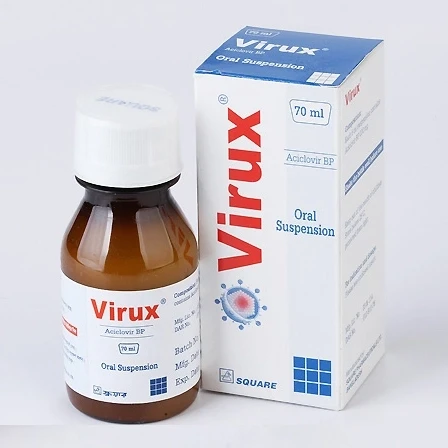

Zolivox Tablet, Linezolid 400 mg
Inhouse product
-
৳11.40
৳12.00 -
৳42.75
৳45.00 -
৳16.63
৳17.50 -
৳2.14
৳2.25
Reviews & Ratings
Indications
Zolivox is indicated
for the treatment of:
- Nosocomial pneumonia
- Community-acquired pneumonia
- Complicated skin and skin
structure infection including diabetic foot infections, without
concomitant osteomyelitis
- Uncomplicated skin and skin
structure infections
- Vancomycin-resistant
Enterococcus faecium infections
Limitations of use:
Zolivox is not indicated for the treatment of Gram-negative infections. The
safety and efficacy of Zolivox given for longer than 28 days have not been
evaluated in controlled clinical trials.
* রেজিস্টার্ড চিকিৎসকের পরামর্শ মোতাবেক ঔষধ সেবন করুন'
Pharmacology
Linezolid is a
synthetic, antibacterial agent belonging to a new class of antibiotics, the
oxazolidinones, with in vitro activity against Gram positive aerobic bacteria,
some Gram positive anaerobic bacteria and certain Gram negative bacteria. It
selectively inhibits bacterial protein synthesis via a mechanism of action
different from that of other antibacterial agents. Linezolid binds to the 23S
ribosomal RNA of the 50S subunit of the bacterial ribosome and prevents the
formation of a functional 70S initiation complex which is an essential
component of the bacterial translation process. The results of time-kill
studies have shown Linezolid to be bacteriostatic against enterococci and
staphylococci. For streptococci, Linezolid was found to be bactericidal for the
majority of strains.
Dosage &
Administration
Linezolid tablets
should be taken in oral route with or without food. Linezolid IV infusion
should be administered by intravenous infusion over a period of 30 to 120
minutes. The recommended daily dosage for Linezolid tablets and IV infusion is
described in the following table:
|
|
||||
|
Infection |
Dosage, route and
frequency of administration |
|||
|
Pediatric patients* |
Adults and
adolescent |
Recommended duration
of treatment (consecutive days) |
||
|
Nosocomial pneumonia |
10 mg/kg orally or intravenously every 8 hours |
600 mg orally or intravenously every |
10 to 14 |
|
|
Community-acquired pneumonia, including concurrent
bacteremia |
||||
|
Complicated skin and skin structure infections |
||||
|
Complicated skin and skin structure infections |
10 mg/kg orally or intravenously every 8 hours |
600 mg orally or intravenously every 12 hours |
14 to 28 |
|
|
Uncomplicated skin and skin structure infections |
less than 5 years: 10 mg/kg orally every 8 hours |
Adults: 400 mg orally every 12 hours Adolescents: 600 mg
orally every 12 hours |
10 to 14 |
|
|
* Neonates less than 7
days: Most pre-term neonates less than 7 days of age (gestational
age less than 34 weeks) have lower systemic linezolid clearance values and
larger AUC values than many full-term neonates and older infants. These
neonates should be initiated with a dosing regimen of 10 mg/kg every 12
hours. Consideration may be given to the use of 10 mg/kg every 8 hours
regimen in neonates with a sub-optimal clinical response. All neonatal
patients should receive 10 mg/kg every 8 hours by 7 days of life. |
||||
No dose adjustment is
necessary when switching from intravenous to oral administration.
Intravenous
administration: Linezolid IV
infusion should be inspected visually against a light source for particulate
matter prior to administration. Linezolid IV infusion may exhibit a yellow
color that can intensify over time without adversely affecting potency. Do not
use this intravenous infusion vial in series connections. Additives should not
be introduced into this solution. Discard unused portion after single use.
Hepatic impairment: No dose adjustment is recommended for
patients with mild-to-moderate hepatic impairment. The pharmacokinetics of
Linezolid in patients with severe hepatic impairment have not been evaluated.
Use in children and
adolescents: The dose of
linezolid for children and adolescents have been described in dose and
administration section. The use of linezolid for the empiric treatment of
pediatric patients with central nervous system infections is not recommended
* রেজিস্টার্ড চিকিৎসকের পরামর্শ মোতাবেক ঔষধ সেবন করুন'
Interaction
Drug interaction with
medication: Zolivox is a
reversible, nonselective inhibitor of monoamine oxidase. Therefore, Zolivox has
the potential for interaction with adrenergic and serotonergic agents. Some
individuals receiving Zolivox may experience a reversible enhancement of the
pressor response to indirect acting sympathomimetic agents, vasopressor or
dopaminergic agents. Unless patients are carefully observed for signs and/or
symptoms of serotonin syndrome, Zolivox should not be administered to patients
with carcinoid syndrome and/or patients taking serotonin re-uptake inhibitors,
tricyclic antidepressants, serotonin 5-HT1 receptor agonists (triptans),
meperidine or buspirone.
Drug interaction with
food and others: Advice patients to
avoid large quantities of foods or beverages with high tyramine content while
taking Zolivox.
Contraindications
Linezolid formulations
are contraindicated for using in patients who have known hypersensitivity to
Linezolid or any of the other product components. Linezolid should not be used
in patients taking any medicinal product which inhibits monoamine oxidases A or
B (e.g. Phenelzine, Isocarboxazid) or within two weeks of taking any such
medicinal product. Linezolid should not be administered to patients with
uncontrolled hypertension, pheochromocytoma, thyrotoxicosis, carcinoid syndrome
and/or patients taking directly and indirectly acting sympathomimetic agents
(e.g. Pseudoephedrine), vasopressive agents (e.g. Epinephrine, Norepinephrine),
dopaminergic agents (e.g. Dopamine, Dobutamine), serotonin re-uptake
inhibitors, tricyclic antidepressants, serotonin 5-HT1 receptor agonists
(triptans), meperidine or buspirone.
Side Effects
Most of the adverse
events reported with Zolivox were mild to moderate in intensity. The most
common adverse events in patients treated with Zolivox were diarrhea, headache
and nausea. Other adverse events includes oral moniliasis, vaginal moniliasis,
hypertension, dyspepsia, localized abdominal pain, pruritus, and tongue
discoloration.
Pregnancy &
Lactation
Pregnancy: Available data with linezolid use in
pregnant women have not identified a drug-associated risk of major birth
defects, miscarriage or adverse maternal or fetal outcomes. Linezolid should be
used during pregnancy only if the potential benefit justifies the potential
risk to the fetus.
Lactation: Linezolid is present in breast milk. The
developmental and health benefits of breastfeeding should be considered along
with the mother’s clinical need for linezolid and any potential adverse effects
on the breastfed child from linezolid or from the underlying maternal
condition. Advise lactating women to monitor a breastfed infant for diarrhea
and vomiting.
Precautions &
Warnings
Complete blood counts
should be monitored weekly in patients who receive Zolivox, particularly in
those who receive Zolivox for longer than two weeks, those with pre-existing
myelosuppression, those receiving concomitant drugs that produce bone marrow
suppression or those with a chronic infection who have received previous or
concomitant antibiotic therapy. If patients experience symptoms of visual
impairment, such as changes in visual acuity, changes in color vision, blurred
vision or visual field defect, prompt ophthalmic evaluation is recommended.
Zolivox is not approved and should not be used for the treatment of patients
with catheter-related bloodstream infections or catheter-site infections.
Careful medical history is necessary since Clostridium difficile-associated
Diarrhea (CDAD) has been reported to occur over two months after antibiotic
administration. If CDAD is suspected or confirmed, ongoing antibiotic use not
directed against C. difficile may need to be discontinued. Unless patients are
monitored for potential increases in blood pressure, Zolivox should not be
administered to patients with uncontrolled hypertension, pheochromocytoma,
thyrotoxicosis and/or patients taking sympathomimetic agents, vasopressive
agents and dopaminergic agents. Patients who develop recurrent nausea or
vomiting, unexplained acidosis or low bicarbonate level while receiving Zolivox
should receive immediate medical evaluation. If hypoglycemia occurs, a decrease
in the dose of insulin or oral hypoglycemic agent or discontinuation of oral
hypoglycemic agent, insulin or Zolivox may be required.
Overdose Effects
No cases of overdose
have been reported. Symptomatic and supportive care is advised together with
maintenance of glomerular filtration. Approximately 30% of a Zolivox dose is
removed during 3 hours of haemodialysis. No data are available for the removal
of Zolivox by peritoneal dialysis or haemoperfusion.
Therapeutic Class
Macrolides
Reconstitution
Reconstitution of Oral
Suspension: Shake the bottle to
loosen powder. Add 75 ml (with the help of given cup) of boiled and cooled
water to the dry mixture in the bottle. For the ease of preparation, add water
to the bottle in two portions. Shake well after each addition until all the
powder is in suspension.
Note: Shake the suspension well before each use.
Keep the bottle tightly closed. The reconstituted suspension should be stored
in a cool and dry place. Use within 21 days after constitution.
Intravenous
Administration: Zolivox IV Injection
is supplied in single-use, ready-to-use infusion bottles. Zolivox IV Injection
should be administered by intravenous infusion over a period of 30 to 120
minutes. The intravenous infusion bottles should not be used in series
connections. Additives should not be introduced into this solution. The
infusion bottles should be stored at room temperature and protected from
freezing. Zolivox IV Injection may exhibit a yellow color that can intensify over
time without adversely affecting potency.
Storage Conditions
Zolivox formulations
should be stored at room temperature (15°C-30°C), away from light and moisture.
All medicines should be kept away from children.
Frequently Bought Products
Lorno Tablet, Lornoxicam 4 mg
Itra Tablet, Itraconazole 200 mg
Flindof Tablet, Doxophylline 200 mg
Montene Tablet, Montelukast Sodium 10 mg
Glysup Suppository, Glycerin 1.15 gm
Virux Oral Suspension 70 ml bottle, Acyclovir 200 mg/5 ml
Uripam Capsule, Saw Palmetto 160 mg
Fast Suppository, Paracetamol 250 mg
Product Queries (0)
Login Or Registerto submit your questions to seller
Other Questions
No none asked to seller yet
-
৳11.40
৳12.00 -
৳42.75
৳45.00 -
৳16.63
৳17.50 -
৳2.14
৳2.25
